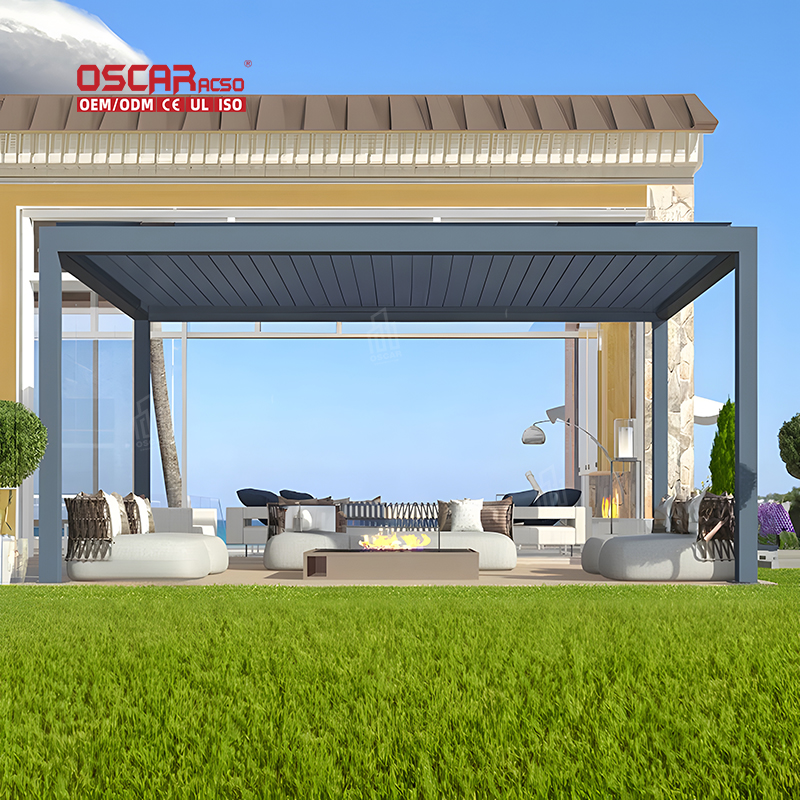Pergola Wine Origins, Discover Its Global Vineyard Homes
🌍 Introduction: The Many Homes of Pergola WineWhen you ask, \"Where is Pergola wine made?\", the answer isn\'t a single...
.jpg)
🌍 Introduction: The Many Homes of Pergola Wine
When you ask, “Where is Pergola wine made?”, the answer isn’t a single location. The name “Pergola” is used by several distinct wineries across the globe, each with its own unique identity and winemaking philosophy. This means a bottle of Pergola could hail from the sunny hills of Brazil, the historic vineyards of Italy, or even other renowned wine regions. Understanding its origin is key to appreciating the style and character in your glass.
🇧🇷 Pergola in Brazil: A National Favorite
The most prominent producer bearing the name Pergola is from Brazil, specifically from the Serra Gaúcha region in the state of Rio Grande do Sul . The winery, Vinícola Campestre, was founded in 1968 in Campestre da Serra and has grown to become a national phenomenon .
- •
Production Scale: It’s a true giant in the Brazilian market, having been the country’s best-selling wine for at least 11 consecutive years. Their production capacity is immense, bottling up to an astonishing 200,000 units per day .
- •
Wine Style: Brazilian Pergola wines are known for being light, fruity, and easy to drink . They are primarily made from American grape varieties , perfect for casual everyday moments and gatherings with friends.
- •
Popular Choice: A flagship product is their Pérgola Frisante Demi-Sec, a slightly sweet, sparkling Moscato . It’s known for its greenish-yellow color, intense fruity aromas with a citrus touch, and a balanced, refreshing palate .
🇮🇹 Pergola in Italy: A Tale of Two Wineries
In Italy, the name “Pergola” refers to both a wine region and a specific winery, which can understandably cause some confusion.
1. The Pergola DOC in Le Marche
This is a small but prestigious Denominazione di Origine Controllata (DOC) located in the Marche region . It’s unique for its focus on the Aleatico grape, one of Italy’s only two aromatic red varieties .
- •
Wine Style: Wines from the Pergola DOC are celebrated for their intense aromatic profiles, often exhibiting notes of rose, lilac, red fruits, and blueberries . They can be made in dry, sweet (Passito), sparkling, and rosé styles .
- •
Terroir: The clay-rich soils around areas like Fratte Rosa contribute to a velvety texture and surprising softness in the wines .
2. Tenuta La Pergola in Piedmont
This is a completely separate family-run estate in Cisterna d’Asti, Piedmont . Their story began in 1903, and they now farm about 40 hectares across the Monferrato and Roero areas .
.jpg)
- •
Wine Style: They produce a range of wines that express their Piedmontese terroir. This includes a Roero Arneis (a white wine with notes of hawthorn, apple, and pear ) and a Monferrato Rosso (a red blend loaded with brambly berries and bright acidity ).
.jpg)
🇨🇱 Clos Quebrada de Macul’s “Pargua” in Chile
While not named “Pergola,” the Chilean wine Pargua from Clos Quebrada de Macul is phonetically similar and worth noting. “Pargua” means “full moon” in the Mapuche language .
- •
Origin: Their vineyard is situated on the slopes of the Maipo Valley near Santiago, at the foothills of the Andes .

- •
Winemaking Philosophy: They are dedicated to organic viticulture, avoiding chemical fertilizers and pesticides. Grapes are harvested by hand and transported gravity-fed to the winery . They produce a limited quantity of a premium wine (Pargua) and a second wine (Pargua II) .
🍇 Beyond the Name: Understanding the Grapes
The grape varieties used in “Pergola” wines depend entirely on their country of origin.
- •
Brazil: Primarily uses American hybrid grapes and Moscato for their sparkling wines .
- •
Italy (Pergola DOC): Focuses almost exclusively on the Aleatico grape .
- •
Italy (Tenuta La Pergola): Uses classic Piedmont varieties like Arneis (white) and local red blends .
🗺️ How to Decode a Bottle of Pergola
To truly know what’s in your glass, always look for the specific region and producer on the label:
.jpg)
- •
A bottle from Brazil will typically state “Vinícola Campestre” or “Serra Gaúcha.”
- •
A bottle from the Pergola DOC in Italy will clearly say “Pergola DOC” and often highlight “Aleatico.”
- •
A bottle from Tenuta La Pergola will bear that name and be from “Piedmont.”
💡 Final Thoughts: A Name with Many Stories
The world of Pergola wine is a fascinating case study in how a name can represent vastly different products. From the large-scale, friendly wines of Brazil to the small-batch, aromatic specialties of Italy’s Marche region, each offers a unique expression of its terroir. This diversity is a reminder that in wine, the story on the back label is just as important as the name on the front. The next time you see a bottle of Pergola, you’ll know to look closer—it might just be your new favorite discovery from an unexpected corner of the wine world.

